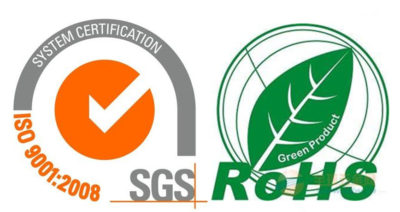Activated alumina is a porous alumina material with high specific surface area, rich pore structure and excellent adsorption performance. According to different forms, it can be divided into activated alumina balls and activated alumina powder, both of which have their own advantages in physical properties, preparation methods and industrial applications.
Activated alumina balls
Physical properties
- Morphology: spherical particles, usually 1-10 mm in diameter, can be customized according to needs.
- Mechanical strength: high (lateral pressure strength ≥ 100 N/particle), suitable for dynamic packed bed.
- Bulk density: 0.6-1.0 g/cm³, good fluidity, easy for industrial loading.
- Specific surface area: 200-400 m²/g, pore size 2-10 nm.
Application areas
- Gas/liquid drying: dehydration of compressed air, natural gas, and refrigerants.
- Catalyst carrier: fixed bed reactions such as petroleum hydrogenation and desulfurization.
- Water treatment: adsorption of pollutants such as fluoride ions, arsenic, and heavy metals.
- Pressure swing adsorption (PSA): adsorbent in oxygen and hydrogen production.
Activated alumina powder
Physical properties
- Morphology: micron-sized powder (1-100 μm), higher specific surface area (300-600 m²/g).
- Mechanical strength: low, easy to wear, need to be formed before use.
- Bulk density: 0.3-0.6 g/cm³, good dispersibility.
Application areas
- Direct catalyst loading: carrier of precious metal catalysts.
- Composite materials: enhance the mechanical properties of plastics, rubber or ceramics.
- Laboratory research: small-scale adsorption and catalytic experiments.
- Coating materials: preparation of catalytic or adsorption coatings with high specific surface area.
Comparison between activated alumina balls and activated alumina powder
| characteristic | Activated Alumina Balls | Activated Alumina Powder |
| form | Spherical particles | Micron powder |
| Mechanical strength | High, suitable for dynamic beds | Low, must be used after molding |
| Specific surface area | 200-400 m²/g | 300-600 m²/g |
| Applicable process | Fixed bed, fluidized bed | Slurry reaction, composite blending |
| Industrial Applicability | Direct loading, no post-processing required | Tableting, granulation or coating required |
| Typical Applications | Desiccant, PSA, catalyst carrier | Catalysts, Research, Composites |
How to choose the right activated alumina?
- Spherical is preferred:
o High mechanical strength is required (e.g. adsorption tower, reactor).
o Continuous flow process (e.g. gas drying, pressure swing adsorption).
- Powders are preferred:
o High surface area is required (e.g. for catalytic reactions).
o Laboratory studies or preparation of composite materials.
Activated alumina balls and activated alumina powders have their own advantages in industrial applications due to their different morphologies. Spherical products are suitable for large-scale fixed bed operations, while powder products are more suitable for high-activity catalysis or composite materials. In the future, with the development of nanotechnology, the morphology and performance of activated alumina will be further optimized, expanding its application potential in the fields of environmental protection, energy and chemical industry.

